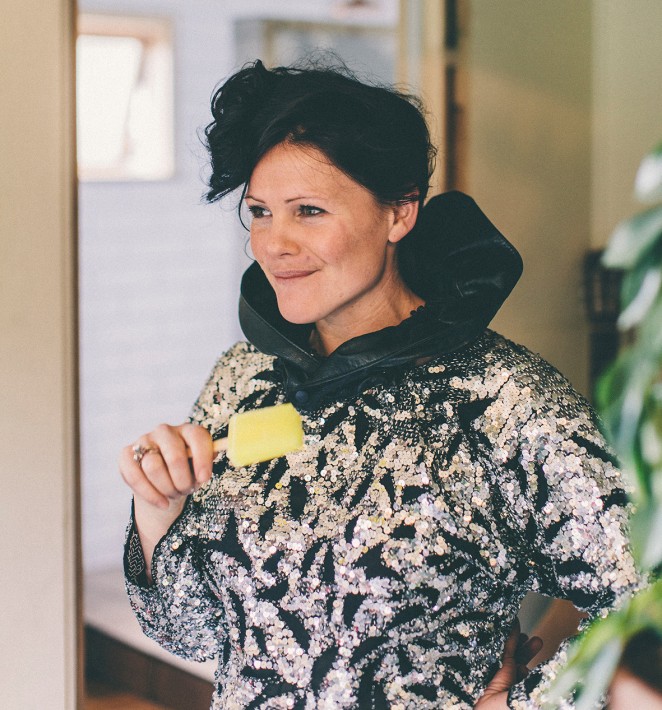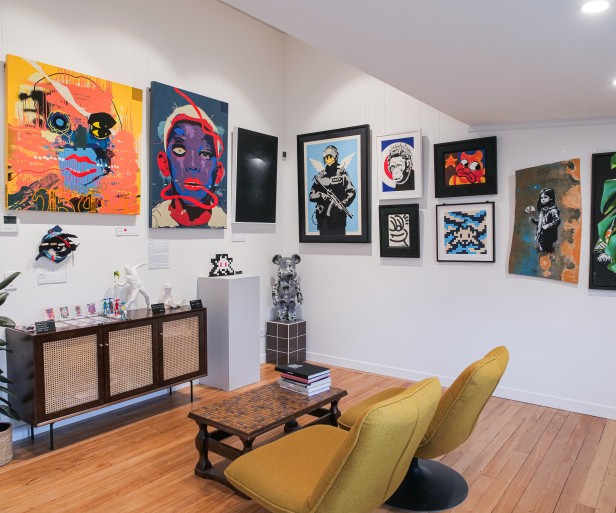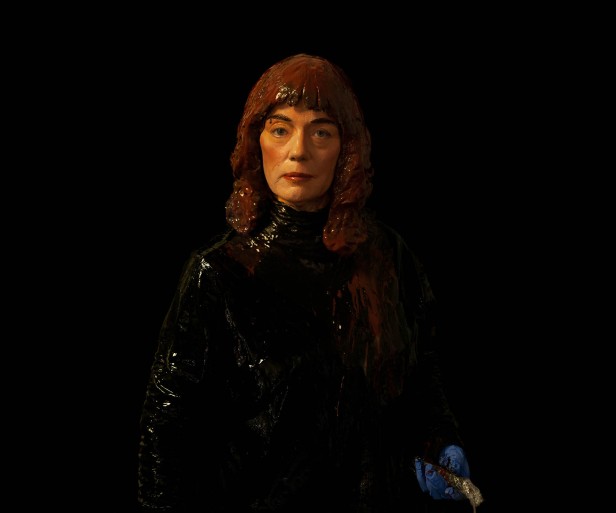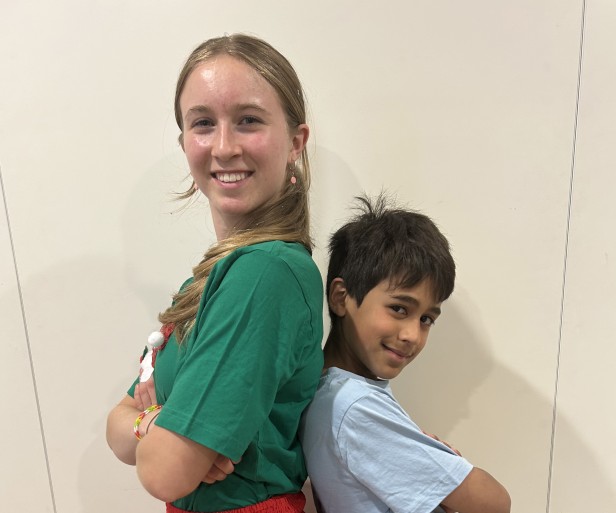TIGHT FIVE – JESSICA WINCHCOMBE

Rather than looking back to traditional forms of jewellery or to the often very similar offerings of standard jewellery shops, contemporary jewellery offers something else. Beginning in the 1940s and 1950s, contemporary jewellery explores the nature of jewellery and often grapples with conceptual ideas. You can find it in the studio, on the body, and in galleries and museums. This is a self-conscious adornment, something that often challenges established mainstream ideas while remaining a carefully crafted, beautiful, and valuable treasure made to be worn.
Queenstown’s Jessica Winchcombe is a contemporary jeweller who exhibits her work internationally and has a studio in the Country Lane precinct on Hansen Road
1 - When did it click?
My art practice came together seven years ago when I was able to move into being an artist full time. Giving 100% to my practice really helped it bloom.
2 - What is a contemporary jewellery and what makes it distinctive?
Contemporary jewellery design starts with a concept and often uses different materials to support the story rather than precious metals and gems. My folded jewellery pieces are reflecting on the rhythm of the breath for example.
3 - What distinguishes a wearable object and the practice that creates it from other visual arts?
Often the process of contemporary jewellery starts from the thought process and language of visual art but, when it is for the body, some element of craft needs to be applied to make sure it is jewellery that can last the test of time. So having some goldsmithing skills is quite important. Art Jewellery is a relatively new art form and has its own language and set of rules that I enjoy pushing the boundaries of as much as possible.
4 - Do you find your jewellery and paintings feed each other, and if so how?
Yes, my jewellery is a tight practice with tension and I let that all go in the painting. The painting is raw and loose so both practices are necessary to create tight work that is also playful and full of good energy.
5 - What’s your biggest barrier to being an artist?
I think my biggest barrier is communication. I have big ideas so I need help from a team of people. Getting the right words to explain what I want to come together to a team so that we are efficient with time is a challenge as I am dyslexic. This means I often rely a lot on voice messages, thank goodness for technology.










